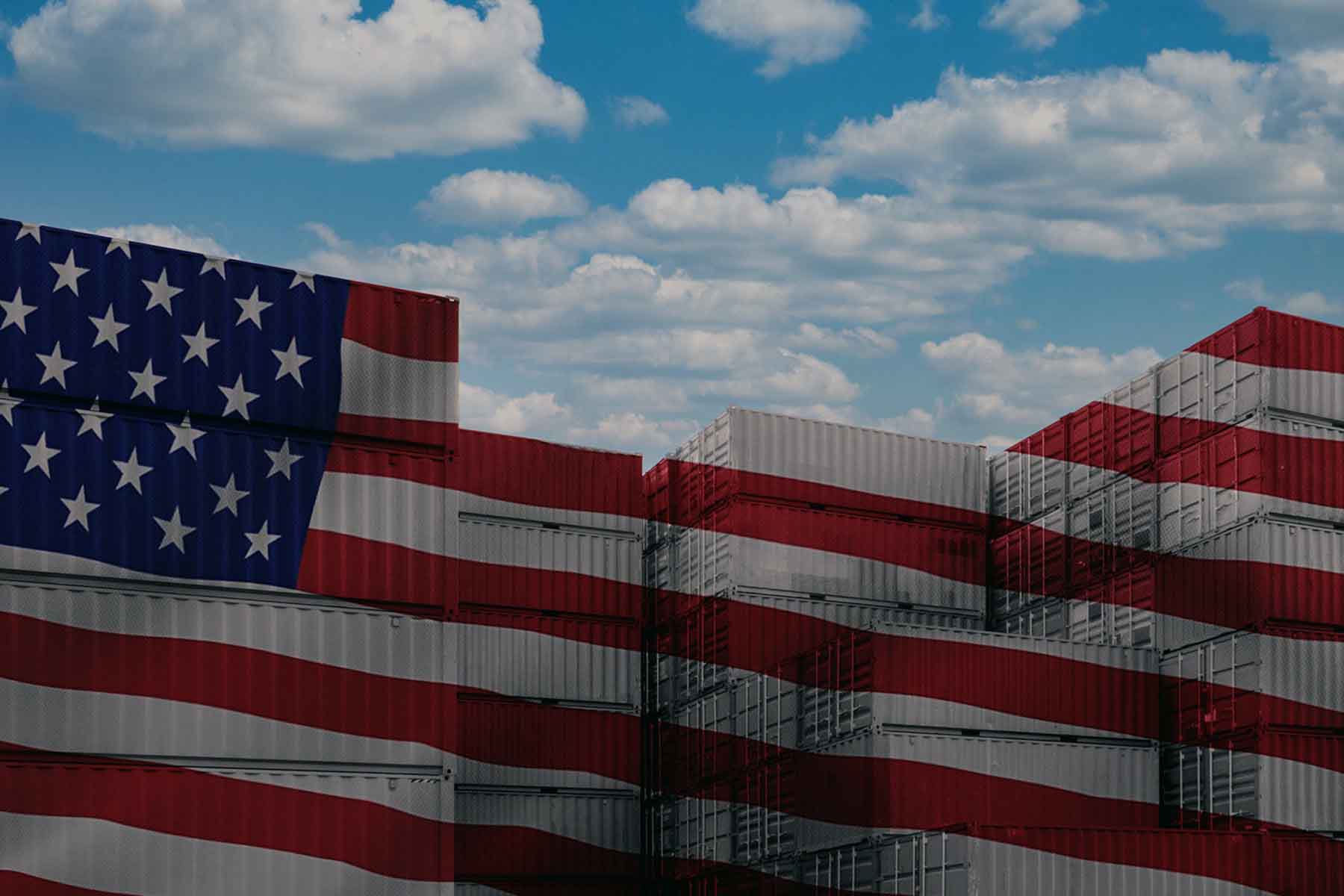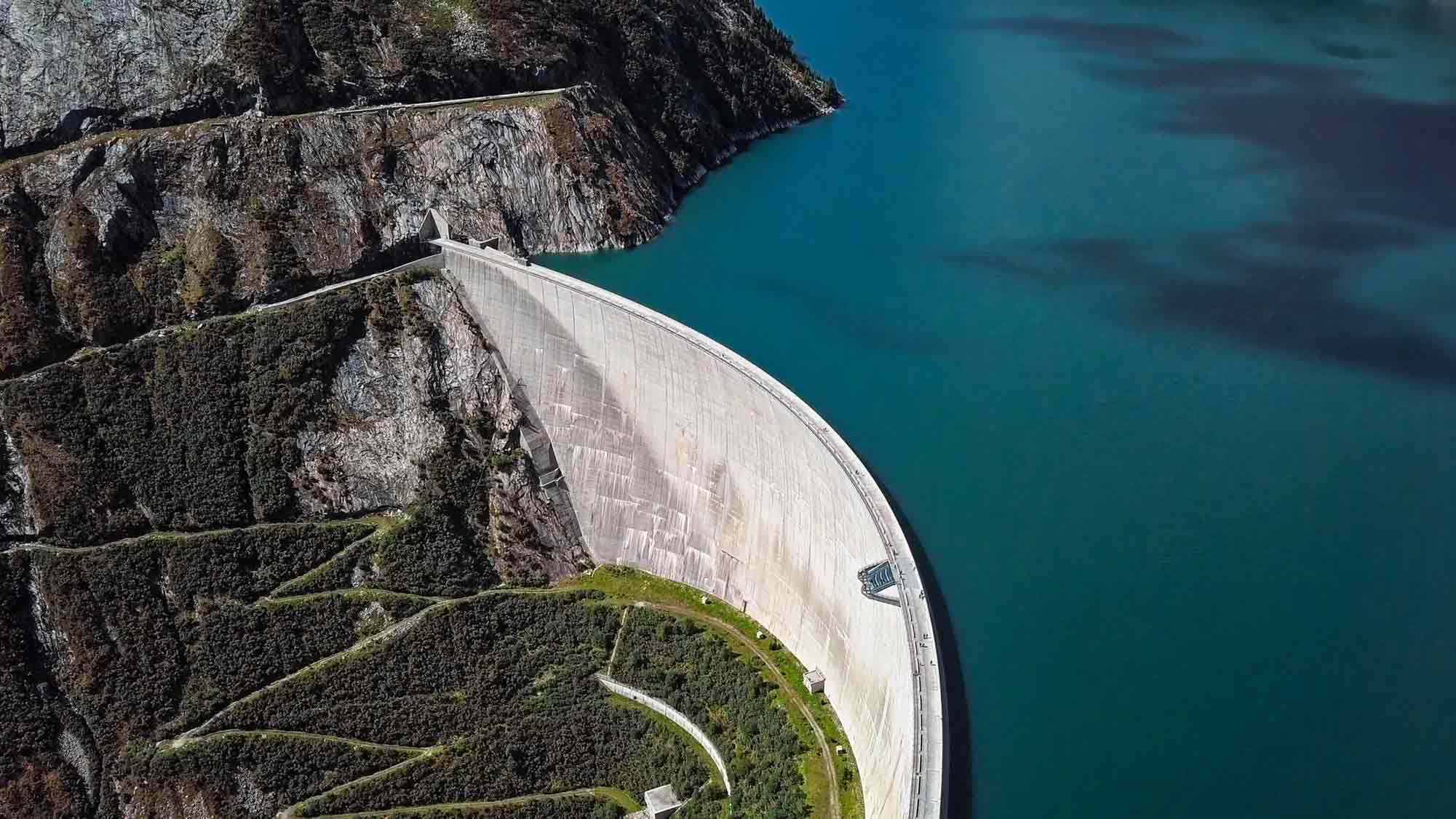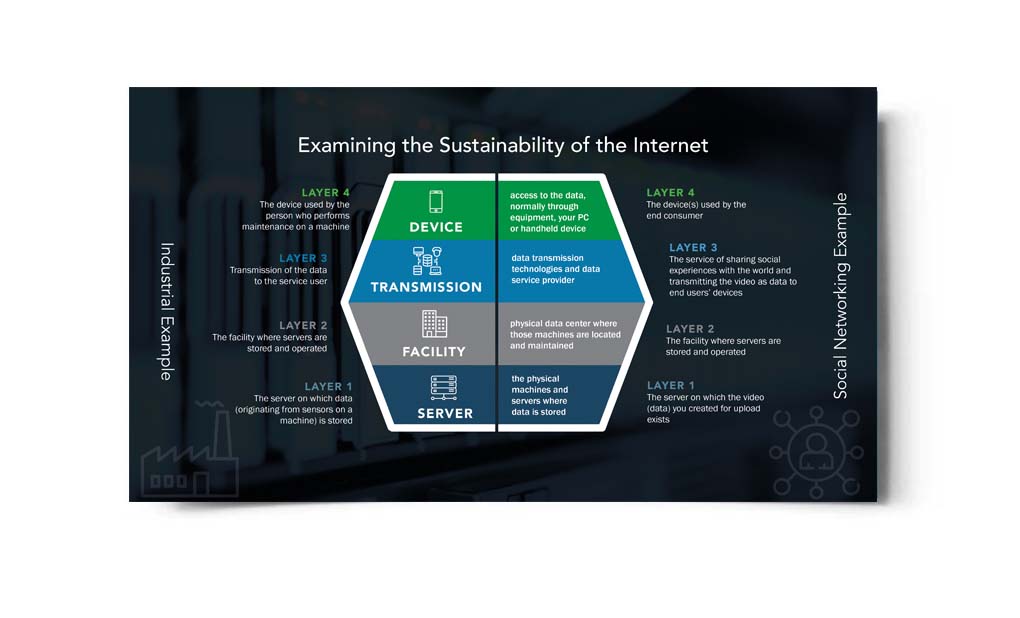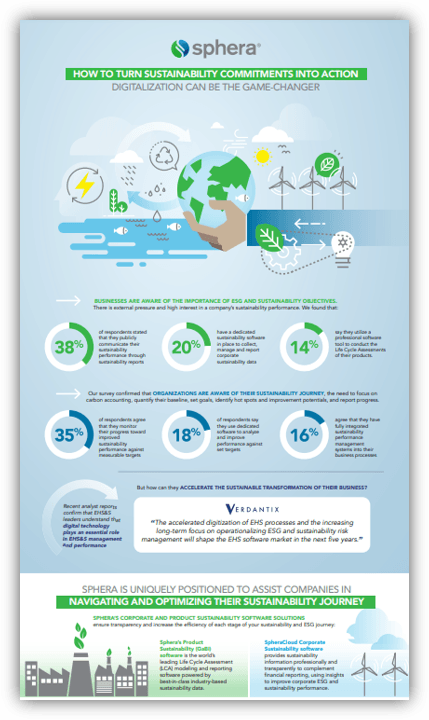Climate-related risk in the supply chain is in the spotlight. New reporting frameworks are emerging globally, and many of them require companies to report their Scope 3—or supply chain—emissions. Here’s why: Organizations’ supply chains can account for as much as 90% of their greenhouse gas (GHG) emissions, according to the U.S. Environmental Protection Agency (EPA). So, on November 10th, the Biden-Harris Administration announced its proposed Federal Supplier Climate Risks and Resilience Rule. Under the rule, major suppliers to the U.S. federal government will have to publicly disclose their GHG emissions using the CDP’s disclosure platform. Contractors will also need to report climate-related financial risk and set science-based decarbonization targets under the requirement.
Who Needs to Comply with the Federal Supplier Climate Risks and Resilience Rule?
The U.S. federal government is the world’s single largest buyer of goods and services, with over $630 billion in purchases in the last fiscal year alone, so the proposed rule will have extensive reach. It applies to “major” federal contractors receiving more than $50 million in annual contracts, requiring them to publicly disclose Scope 1, Scope 2 and relevant categories of Scope 3 emissions, in addition to climate-related financial risks. Major contractors must have their science-based emission-reduction targets validated by the Science Based Targets initiative (SBTi).
“Significant contractors”—those with more than $7.5 million but less than $50 million in annual contracts—will need to report Scope 1 and Scope 2 emissions. Businesses with less than $7.5 million in annual contracts will be exempt from the rule.
With the announcement, the U.S. becomes the first national government to require its major suppliers to set emissions-reduction goals in alignment with the Paris Agreement. The Federal Acquisition Regulatory Council is issuing the proposed rule.
Addressing Supply Chain Risk
The COVID-19 pandemic brought unprecedented disruption to global supply chains, and further pressure has come from the increased demand for products that materialized as COVID-related lockdowns were eased. As suppliers struggled to meet this increased demand, a shrinking labor market has made their operational challenges even harder to solve.
Climate change poses additional risks for global supply chains. Higher temperatures, droughts, hurricanes, floods and wildfires disrupt supply chains and lead to higher costs. Power grid failures—also an effect of extreme temperatures—cause supply chain upheaval as well.
But while the extreme weather events and climate patterns related to global warming can interfere with the operation of supply chains, risk is also present in the impact that supply chains have on the environment. Companies with extensive supply chains need to understand and disclose these risks under the Scope 3 reporting requirements included in reporting frameworks such as the Corporate Sustainability Reporting Directive (CSRD), the U.S. Securities and Exchange Commission’s (SEC) Climate-Related Disclosure rules for publicly listed companies and the International Sustainability Standards Board’s (ISSB) IFRS Sustainability Disclosure Standards.
The Benefits for Suppliers: Greater Efficiency and Reduced Costs
The Federal Supplier Climate Risks and Resilience Rule is part of the U.S. government’s Federal Sustainability Plan, which aims to achieve net zero emissions procurement by 2050. The proposed rule covers roughly 85% of the emissions associated with the federal supply chain – emissions that are estimated to be more than twice as large as the combined emissions from operating the federal government’s 300,000 buildings and 600,000 vehicles.
The White House notes that better management of emissions helps build efficiency and effectiveness and can reduce suppliers’ costs. Energy use by the federal government’s buildings and vehicles has dropped 32% since the government established its own climate goals, resulting in savings of $11.8 billion annually.
A Disclosure Rule That Incorporates CDP, TCFD and SBTi
The Federal Supplier Climate Risks and Resilience Rule incorporates third-party systems and standards that are already widely in use, including the CDP’s reporting platform, recommendations from the Task Force on Climate-Related Financial Disclosures (TCFD) and criteria from the Science Based Targets initiative (SBTi). The rule is now in a 60-day public comment period, which closes on January 13, 2023. Comments may be submitted here.

The White House notes that more than half of major federal contractors are already reporting climate-related information. Now it’s time for the remaining contractors to follow their lead.










